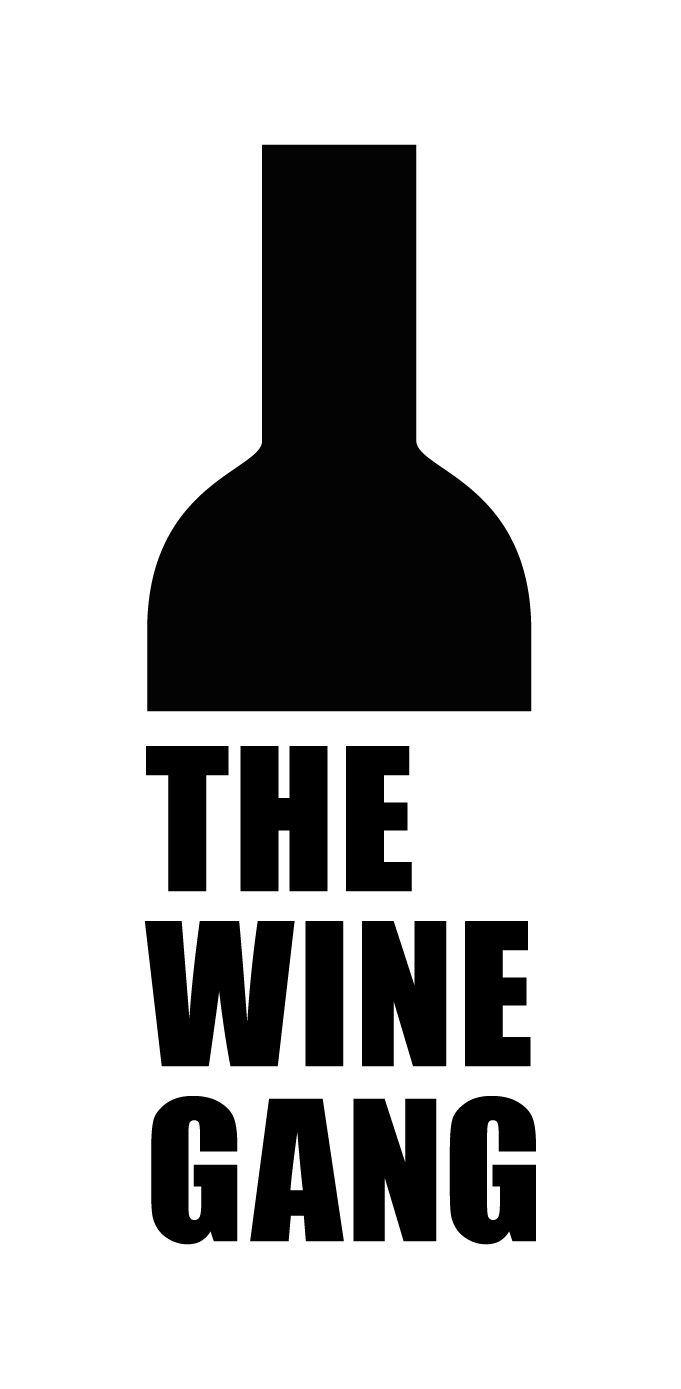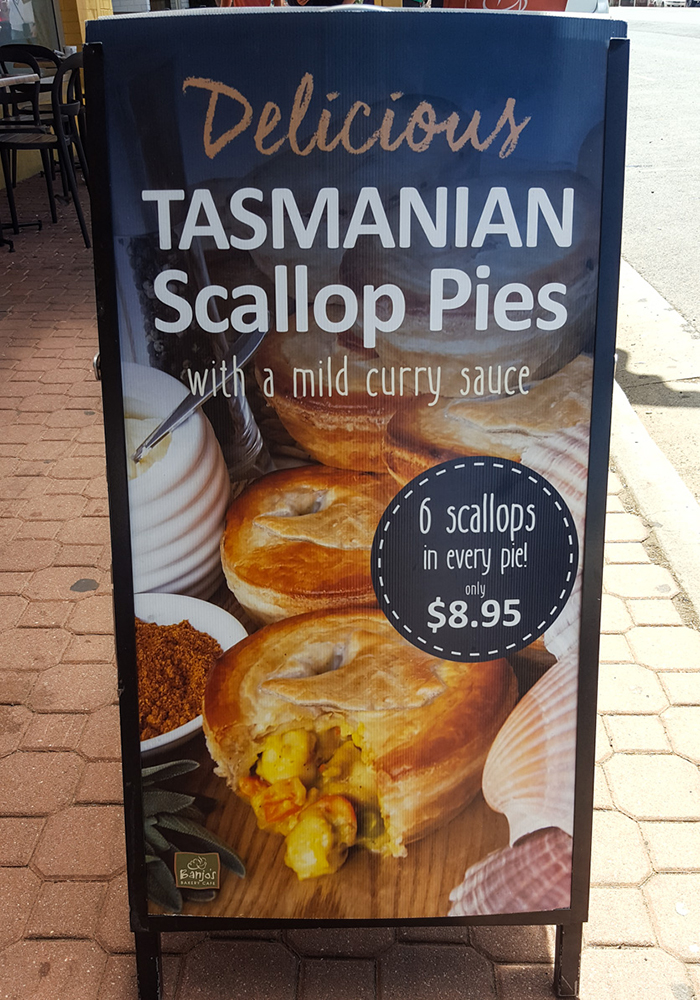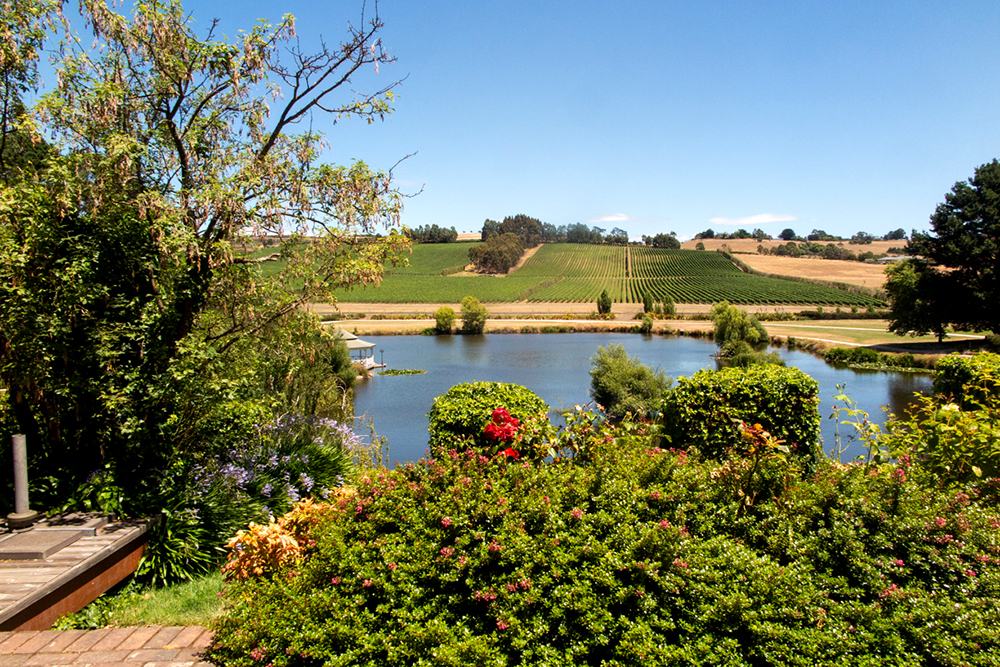Tasmania - A fascinating new frontier for fizz
In a recent article on the effects of climate change in Australia, the wine journalists Huon Hooke and Ralph Kyte-Powell noted that ‘Brown Brothers took the radical step of making a major investment in Tasmania a decade ago because, as chairman Ross Brown observed at the time, the mainland was getting too hot’. Brown Brothers (with the Tamar Ridge brand) aren’t the only ones. Since Hardy’s Ed Carr chose Tasmania’s cool climate for its premium fizz, his Arras has won countless awards. Hardy’s (now Accolade) Bay of Fires, Yalumba’s Jansz and Kreglinger have also played a significant role in the rise and rise of Tasmanian sparkling wine.
A perfect local pairing for some world-class fizz
On a smaller scale but making no less excellent fizz, Andrew Pirie too has been one of Tasmania’s most impressive pioneers with the establishment of Pipers Brook, and latterly, the boutique-size Apogee. Similarly, Stefano Lubiana, Freycinet, Delamere, Moorilla, Josef Chromy and Clover Hill are among those making world-class fizz.
Tasmania is cooler than most spots on Australia’s mainland, but by latitude Hobart is, surprisingly, at about the same latitude as Bilbao in Spain and similar to Porto in Portugal. The important difference is that Tasmania is bang slap in the cold Southern Ocean whereas the viticultural areas of Western Europe are warmed by the Gulf Stream. Aided and abetted by its hilly terrain climate, Tasmania’s southerly latitude brings long sunshine hours during the growing season which, coupled with cool temperatures, leads to a long, mild growing season with time for flavour accumulation in sparkling wines of finesse and delicacy.
The increasing sophistication of the Tasmanian sparkling wine industry lies in a combination of more trained and experienced viticultural operators as well as careful site selection, smart viticultural practices and attention to winemaking detail. This knowhow has in turn been fostered by the fact that large companies are responsible for a lot of the grape growing. The upshot is that from cooler regions such as Piper’s River and the Northern coast, the sparkling industry has expanded all over the state to the east coast, the Derwent Valley and Coal Valley as well as the Huon Valley and Relbia.
At our Champagne and Sparkling Wines Festival, we are particularly proud to be showing examples of this newfound excellence in the sparkling wines of Clover Hill and Josef Chromy.
Clover Hill
Cellar Door Terrace at Clover Hill
After a stint at Moët, Taltarni’s Dominique Portet came looking for true cool climate terroir for sparkling wine and opted for the Pipers River area. From Clover Hill’s stunning new cellar door, here opened in December 2017, an unexpectedly dramatic vista from the top of the hill takes in vineyards sloping steeply towards the Bass Strait in the far distance. The first varietal planting here was Chardonnay in 1987, producing the inaugural 1991 Clover Hill Blanc de Blancs, then came more Chardonnay along with Pinot Noir and finally Pinot Meunier, of which there are just five hectares.
Dominique Portet, CEO of Taltarni, its sister company was chief winemaker, and today Clover Hill is owned by John Goelet, who took it to full production capacity of around 10,000 cases, in 1996, with six different sparkling wine lines. A conscious choice to pick at the lowest baumés as possible, and, with no malolactic fermentation or little or no oak, results in the retention of bright acidity and finesse. Until 2015 Clover Hill was producing exclusively vintage sparkling, adding, a non-vintage in 2015. A solera system is used for the NV wines and while there isn’t a large reserve wine stock for base wine blending, they are adding new vintages to existing pre-blended barrel stock.
Clover Hill 2013 Vintage
Clover Hill was honoured when its Vintage Brut was proudly served during Princess Mary and Prince Frederick’s wedding celebration; then again when it was selected as one of the four iconic Australian wines served to Queen Elizabeth II and The Duke of Edinburgh during their 2011 Australian visit. From the six-strong range, Clover Hill is showing its 2013 Classic Vintage Cuvée Brut, whose brioche aromas and foaming cushion of bright bubbles are finely textured with a citrusy touch of freshness and subtle briney tanginess on the finish.
Josef Chromy
The story of Josef Chromy and his escape from Czechoslovakia in the post-World War two era is a dramatic story worthy of a book or film in itself, but suffice it to say that Chromy is one of life’s survivors. His first two vintages were made under contract by Jeremy Dineen at Andrew Hood in 2003 and 2004 after which Dineen came on board to run the all-singing-all-dancing, high-tech winery at Relbia. In the vineyard, Dineen works with around 10 clones of Pinot Noir and he’s careful to prune for more buds and canes for more canopy and more crop in order to create fruit with bigger berries and bunches for lower phenolics.
Jeremy Dineen, winemaker at Josef Chromy Vineyards
Deeper, richer soils are better suited for fizz too as it produces larger bunches and berries. Dineen is looking for delicacy in the skins and the juices, ‘all the measurements in the world won’t tell you what it tastes like and that’s the only really important thing’. Kept in stainless steel on the lees, Josef Chromy’s reserve wines go back to 2008. And while the majority of Tasmanian fizz tend to undergo malolactic fermentation, Josef Chromy’s Pinot-dominant fizz is stainless steel fermented, with little or no oak, and none of the wines go though malolactic fermentation.
A beautiful setting with Josef Chromy’s vineyards in the background
‘The combination of Pinot dominance gives s robustness and retaining that natural malic acidity brings greater finesse with more zing, primary red apple skins and subtle perfumed fruits rather than bruised fruit’, says Dineen. We are showing the Josef Chromy Tasmanian Sparkling Cuvée Brut, which has round 5% reserve wine and spends from 18 to 30 months on lees. There are subtle aromatics and a Cox’s appley mousse, with good balance of ripe fruit flavour and fresh, tangy acidity.
— posted by Anthony Rose





